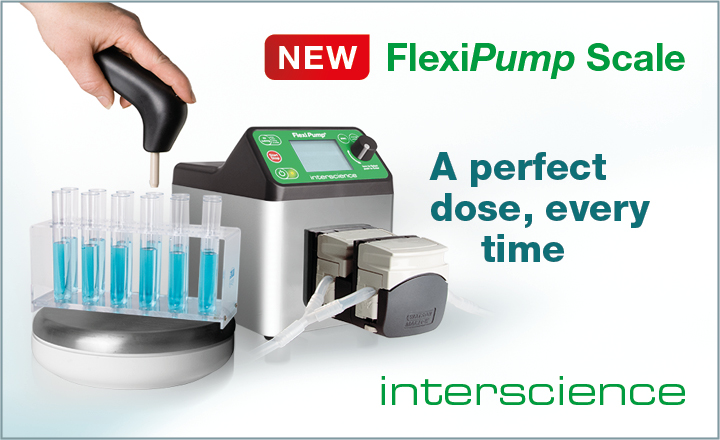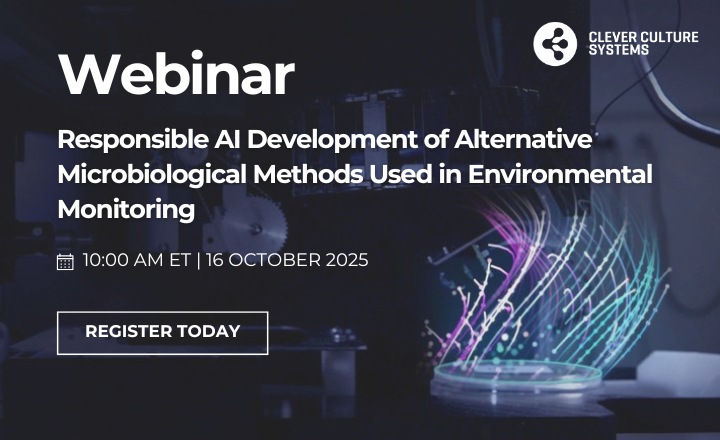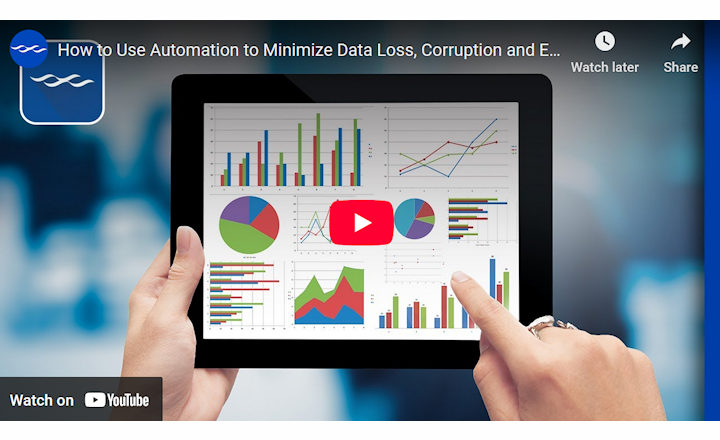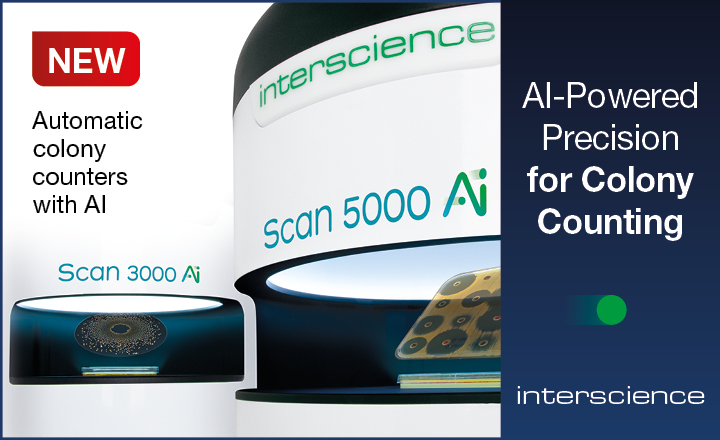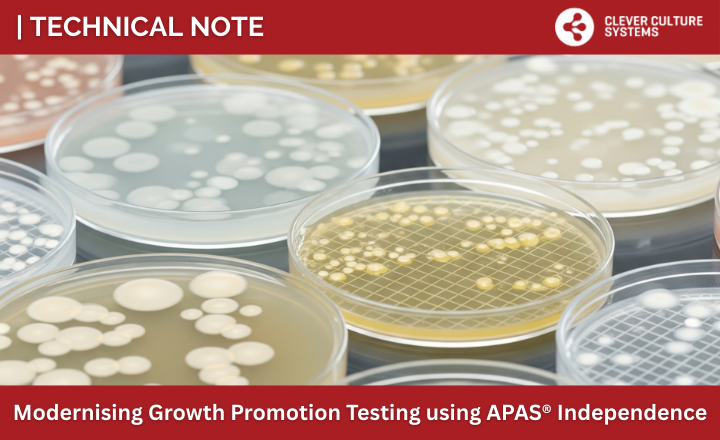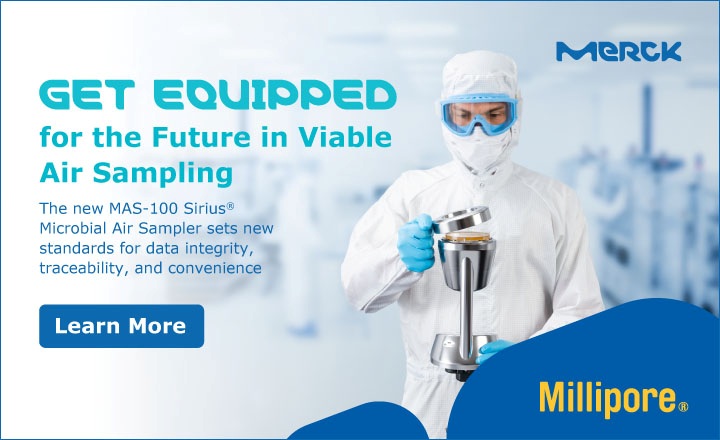The 2022 version of the GMP Annex 1 defines some stringent requirements in relation to Environmental Monitoring.
August 2023 is the deadline to comply. Are you ready?
In summary, the following are the most critical aspects of the Annex related to Environmental Monitoring:- A Contamination Control Strategy (CCS) should be implemented across the facility in order to define all critical control points and assess the effectiveness of all the controls (design, procedural, technical, and organisational) and monitoring measures employed to manage risks to medicinal product quality and safety. The combined strategy of the CCS should establish robust assurance of contamination prevention. The CCS should be actively reviewed and, where appropriate, updated and should drive continual improvement of the manufacturing and control methods. Its effectiveness should form part of the periodic management review. Where existing control systems are in place and are appropriately managed, these may not require replacement but should be referenced in the CCS and the associated interactions between systems should be understood.
- Environmental Monitoring forms part of the CCS and comprises non-viable particles, viable particles for environment and personnel, temperature, relative humidity and other specific characteristics, and Aseptic Product Simulation (APS) for aseptically manufactured products only. For batch release, the information obtained by all these systems should be considered.
- Risk assessments should be performed to define the Environmental Monitoring program (i.e., locations, frequencies, methods, incubation, etc.). Risk analysis should be based on knowledge of the process and data from routine monitoring and/or from qualification, as well as knowledge about the microbial flora. Risk analysis should be periodically reviewed.
- Any non-conformity in Environmental Monitoring should be investigated before the release of a batch.
- Additional Environmental Monitoring should be performed after operations performed in the cleanrooms that have not maintained the required standards of cleanliness and/or asepsis (i.e., maintenance interventions).
- Any components which are necessary for the aseptic process but that cannot be sterilized should be disinfected, protected, and monitored as they represent routes for contamination.
- BFS processes should be viable and monitored during the full duration of the critical processing, including equipment assembly.
- Alert and action limits should be defined and periodically reviewed based on real trend data. Alert levels should be defined to detect potential deterioration of the environments.
- Trend analysis is required, including at least: detection of an increasing number of action limits or alert levels, consecutive excursions from alert levels, excursions related to common causes, and changes in microbial flora, with special attention to spore-formers and moulds.
- If action limits are exceeded, operating procedures should prescribe a root cause investigation, an assessment of the potential impact to product, and requirements for CAPA actions. If alert levels are exceeded, operating procedures should prescribe a follow-up, a potential investigation, and potential CAPA.
- Viable particle monitoring should be frequent during aseptic operations, but it should also be performed when normal manufacturing is not occurring. In case of incidents, additional locations may be used. Viable air should be continuously monitored in grade A during the full duration of the critical processing as well as the setup. Based on risk, a similar approach should be considered for grade B. Particular consideration should be given to personnel monitoring after critical interventions and at each exit from grade B.
- Any Microorganisms detected in grades A and B should be identified to species level assessing the potential impact to the product quality. The same consideration should be given to microorganisms detected in grades C and D if they may indicate a loss of control (i.e., spore-formers or moulds). Microbiota reports should be in place to know which are the common microorganisms found at your facility.
- Environmental Monitoring during APS should be as required for regular production and during the entire duration of the simulation.
- Media for Environmental Monitoring and APS should be tested by the end user and scientifically justified using a designated group of reference microorganisms.
- Personnel: accessing grade A and B areas: gowning and gloves control should be performed on a regular basis, and results should be trended to confirm the correct performance or to disqualify in case of wrong practices or bad results.
If you would like to have more details and a description of how the SherpaPharma solution can help you in support of Annex 1, please download this article or use the green "Request Information" button to ask for more information.







